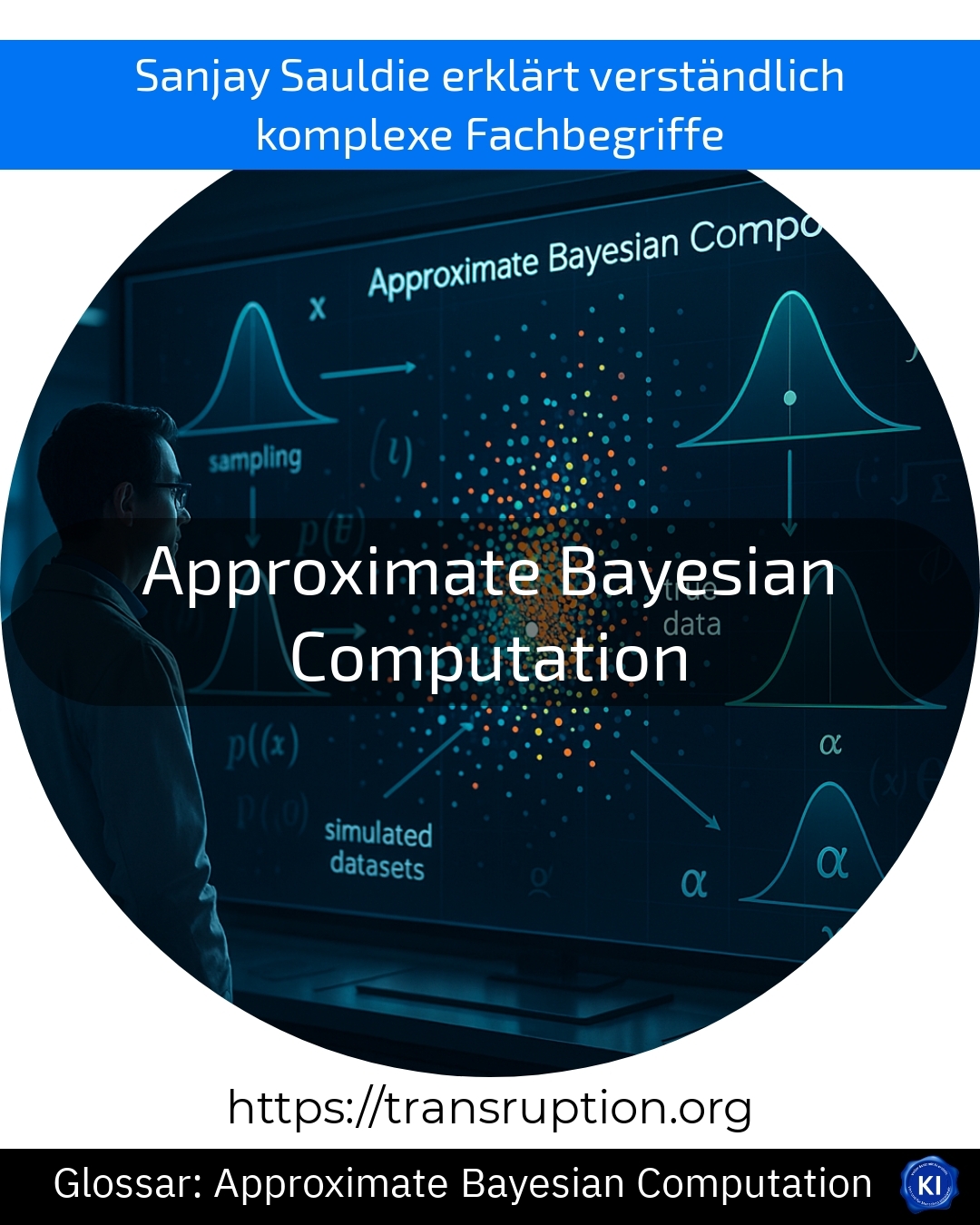Approximate Bayesian computation originates from the fields of artificial intelligence, big data, smart data and digital transformation. The term describes a method for working with very large or complex data sets where conventional statistical methods reach their limits.
Imagine you want to use customer data to find out what the most important factors are for a successful marketing campaign. However, there are so many different influences and so much data that it is impossible to calculate all the possibilities step by step. This is where Approximate Bayesian Computation helps: instead of calculating everything exactly, the method makes a clever approximation. It generates many random example scenarios, checks which of them match the real observations and estimates the most important factors.
An everyday example could be an online shop: To find out which products will sell well in the near future, the system uses Approximate Bayesian Computation to better predict trends with the help of simulations and existing data - even if the data is huge and confusing.
In this way, Approximate Bayesian Computation supports decision-makers in quickly obtaining well-founded analyses for complex issues without having to rely on complete but often overly complex calculations.















